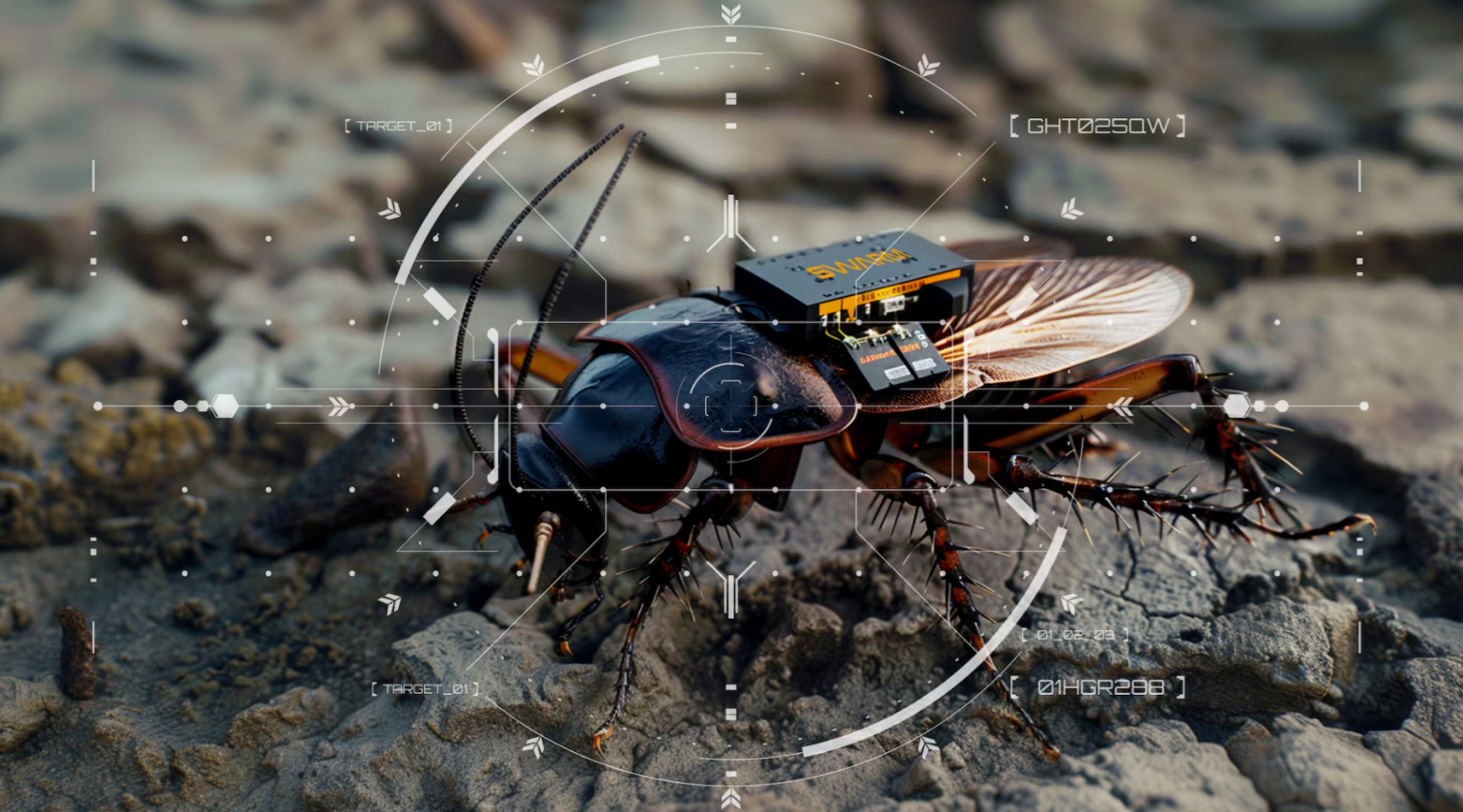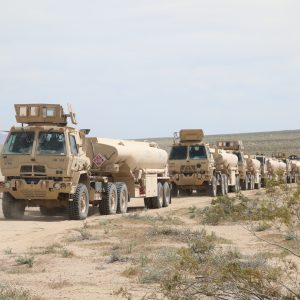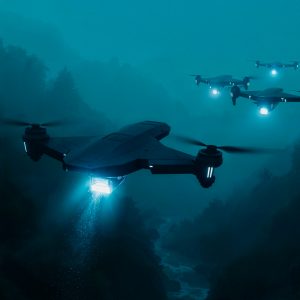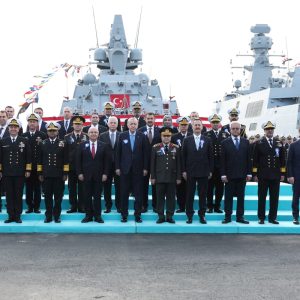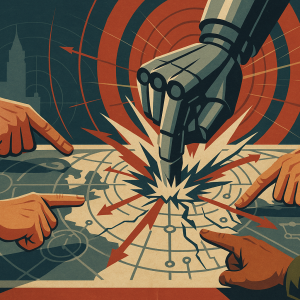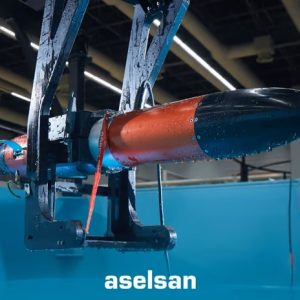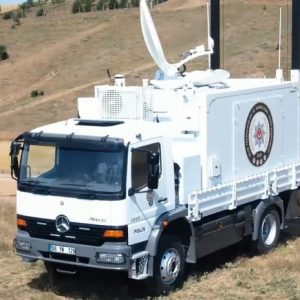Germany is accelerating its push into next-generation warfare technologies, backing defense startups developing AI-powered robots, unmanned systems, and even cyborg cockroaches for battlefield surveillance. The move signals a fundamental shift in Europe’s military innovation strategy, spurred by Russia’s invasion of Ukraine and growing uncertainty over long-term U.S. military support.
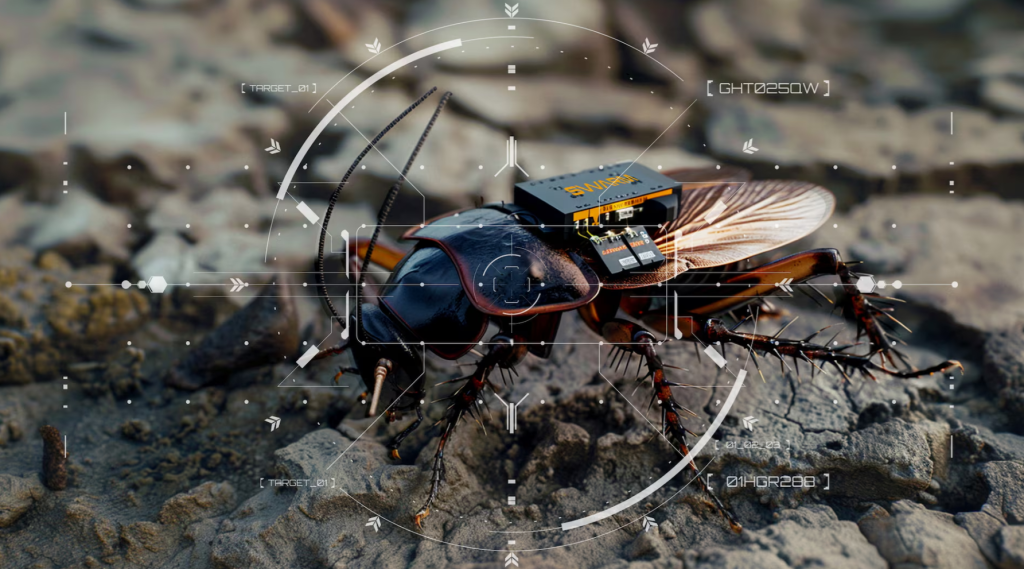
Germany’s New Defence Tech Strategy
The German government plans to nearly triple its annual defense budget to €162 billion by 2029. The goal is to gain a technological edge in AI, robotics, and autonomous warfare. Startups like Helsing, valued at $12 billion, are developing strike drones and battlefield AI software. Smaller firms are also advising Berlin directly, supported by a draft law designed to reduce procurement red tape and speed up funding for innovators.
AI Robots and ‘Spy Cockroaches’ on the Battlefield
One of the most futuristic concepts comes from Swarm Biotactics. The company is developing bio-robotic insects—cockroaches fitted with neural stimulation devices, cameras, and secure communication tools. These cyborg insects can be remotely controlled or operate in swarms. They aim to gather intelligence from dangerous areas without risking soldiers’ lives.
“Our bio-robots can navigate hazardous zones, transmit real-time data, and change reconnaissance missions forever,” said Stefan Wilhelm, CEO of Swarm Biotactics.
Europe’s ‘Manhattan Project’ for Defence
Experts describe this investment surge as Europe’s own “Manhattan Project,” a race to catch up with U.S. defense tech capabilities. While the U.S. nurtured companies like Anduril, Palantir, and Shield AI since 2015, European startups gained significant backing only after 2022. Germany now leads this trend, with defense venture capital reaching $1 billion in 2024 and set to grow further this year.
Challenges and Strategic Implications
However, Europe still faces fragmented markets and outdated procurement systems that favor established suppliers. Harmonizing standards across NATO allies remains a challenge. Nevertheless, Germany’s new approach is seen as vital for reducing reliance on U.S. technologies and strengthening European strategic autonomy.
Analysts believe integrating AI robotics, cyber-augmented organisms, and loitering munitions will redefine future warfare doctrines. Autonomous and semi-autonomous systems are expected to become central to NATO operations by 2030.
🔗 Related Article: How AI-Powered Air Defence Systems Are Transforming NATO’s Security Architecture
🌐 Source: Reuters – Spy Cockroaches and AI Robots: Germany Plots the Future of Warfare
Conclusion
Germany’s focus on AI-driven defense technologies signals a turning point for European security. From battlefield AI to bio-engineered surveillance insects, Berlin is betting on disruptive innovations to lead the next era of warfare. If successful, these initiatives could reshape NATO’s defense posture and set new global standards for future conflicts.

